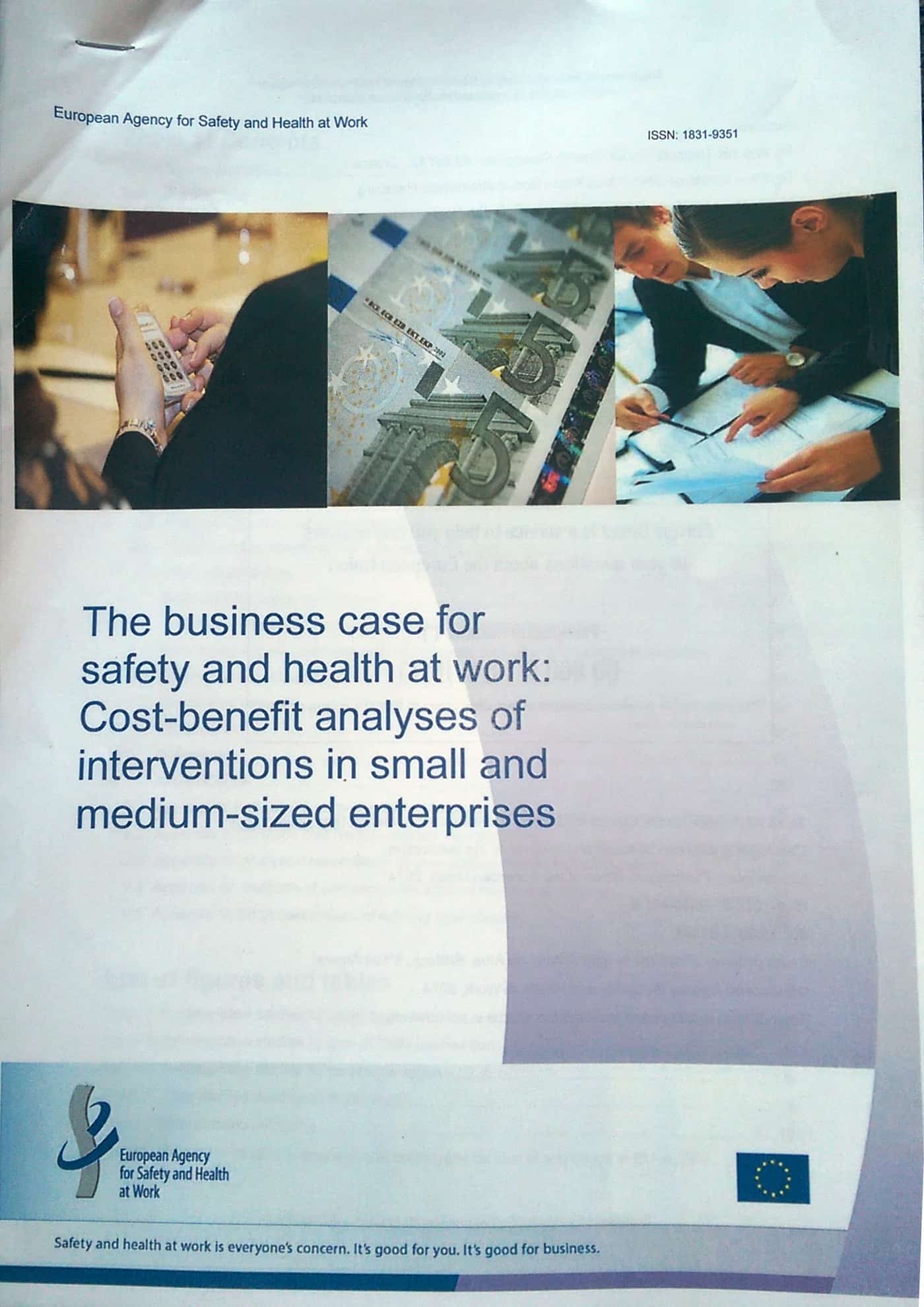On November 12 2014, the Safety Institute of Australia (SIA) conducted its first large seminar on the certification of occupational health and safety (OHS) professionals. The seminar had an odd mix of some audience members who were suspicious, others who were enthusiastic and presenters who were a little wary. There were few who seemed to object to certification but, as the SIA admitted, the process is a long way from complete.
Justification for Certification
Certification works when it is either mandated by government, usually through legislation, or in response to a community/business/market need. Australia does not seem to have either. The SIA explained that there is a “legal requirement” for OHS certification by placing it as part of the OHS due diligence obligations of Australian businesses, that Safe Work Australia (SWA) sort-of refers to it it in its National OHS Strategy and that the “Recommendation 161” of an unspecified international law:
“….calls for organisations to have access to “sufficient and appropriate expertise” as a basic right of all workers.”
There is no such Recommendation but there is an Occupational Health Services Convention, 1985 (No. 161)
Convention concerning Occupational Health Services (Entry into force: 17 Feb 1988) – a International Labour Organisation Convention that Australia has not ratified.
The SWA strategy repeatedly mentions the important of “health and safety capabilities” as a “national Action Area”. It specifies this action area as:
- “Everyone in a workplace has the work health and safety capabilities they require.
- Those providing work health and safety education, training and advice have the appropriate capabilities.
- Inspectors and other staff of work health and safety regulators have the work health and safety capabilities to effectively perform their role.
- Work health and safety skills development is integrated effectively into relevant education and training programs.” (page 9)
In the strategy’s chapter on Health and Safety Capabilities, SWA says:
“In a decade many existing workplace hazards will still be present and new ones will have appeared. It is particularly important that education and training enable those who provide professional or practical advice to competently deal with old and new hazards. Those who provide advice need to know when to refer the matter to others with appropriate expertise.” (page 12)
There is no mention of certification in the SWA strategy but the SWA is sympathetic to certification. Continue reading “Should Australian safety professionals be certified?”


 SafetyAtWorkBlog has
SafetyAtWorkBlog has